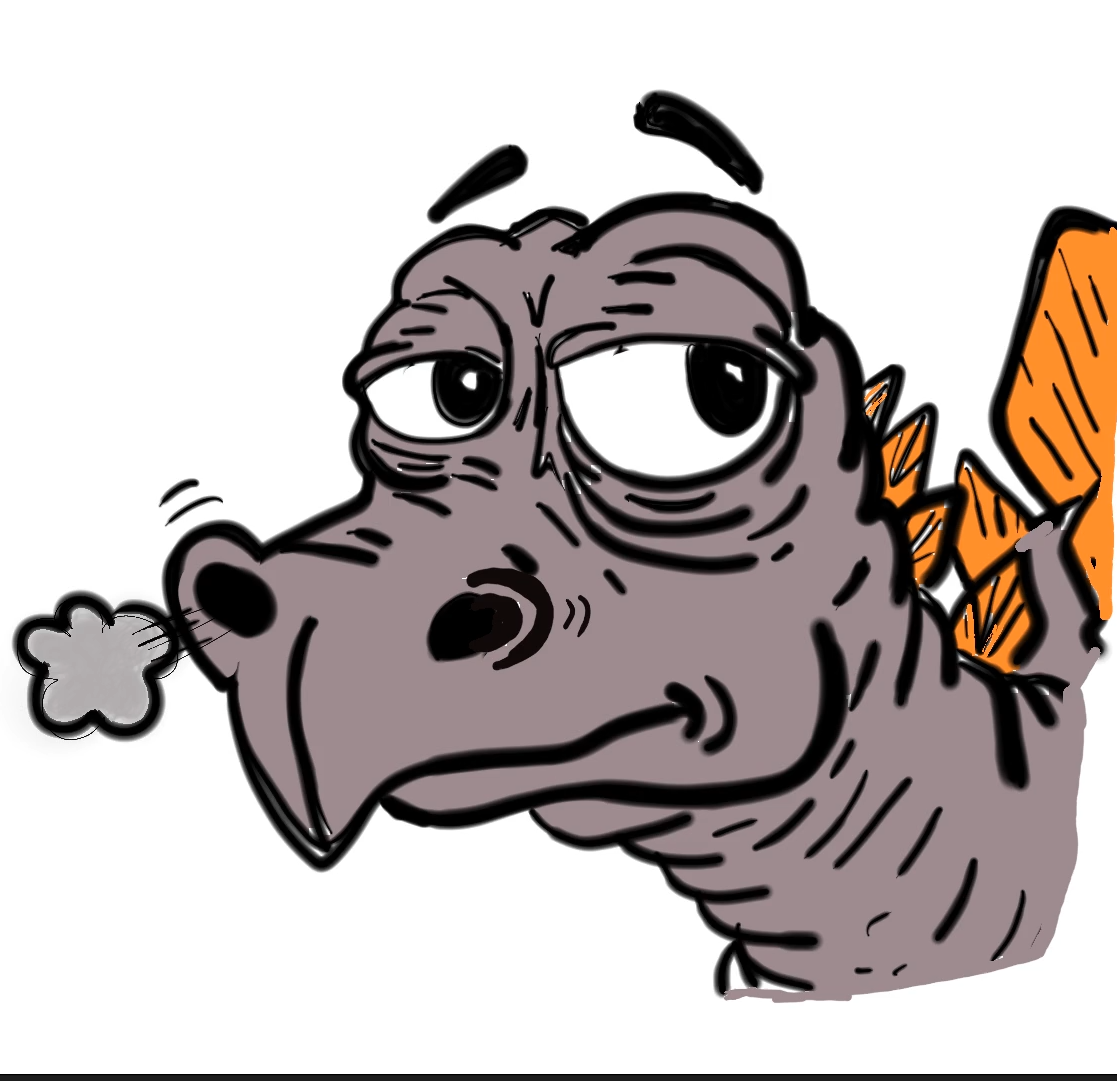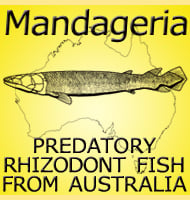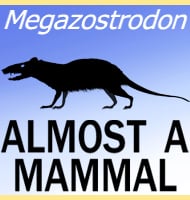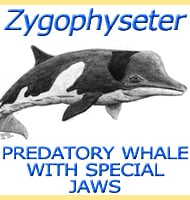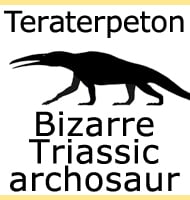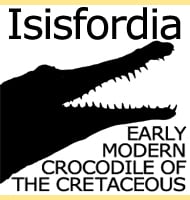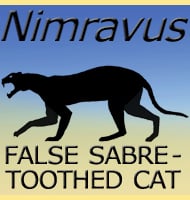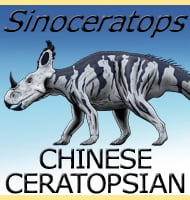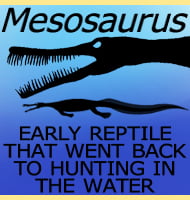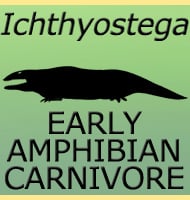In Depth
The Dapedium genus of fish seem to have been among the most common in the seas of the late Triassic and early Jurassic. The body was deep and round and depending upon he species could be anywhere between nine and forty centimetres long, with the species D. noricum currently known to be the smallest. The body was covered with large well developed ganoid scales while the skull was also armoured with dermal plates. The pectoral and pelvic fins were small in relation to the body, which suggests that Dapedium were not especially fast swimming fish.
Dapedium had small but robust teeth with additional crushing teeth on the palate. These teeth are suggestive of a diet that included small shelled molluscs and crustaceans, a diet that also supports a slower less active lifestyle and therefore lack of a need for faster swimming adaptations.
Further Reading
- Hypsisomatic Semionotidae (Pisces, Actinopterygii) from the Upper Triassic of Lombardy (N. Italy). - A. Tintori - 1983. - A new species of Dapedium Leach, 1822 (Actinopterygii, Neopterygii, Semionotiformes) from the Early Jurassic of south Germany. - D. Thies & R. B. Hauff - 2011.
